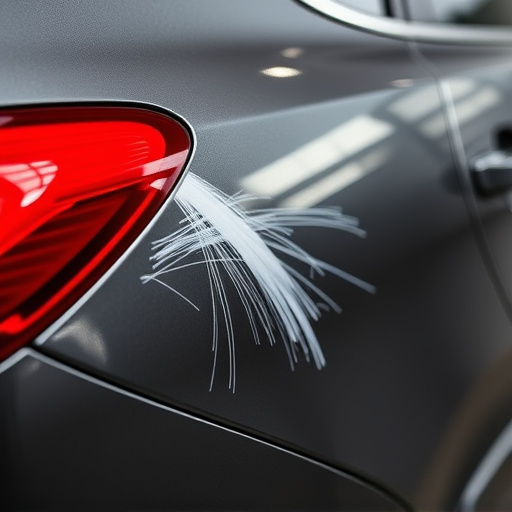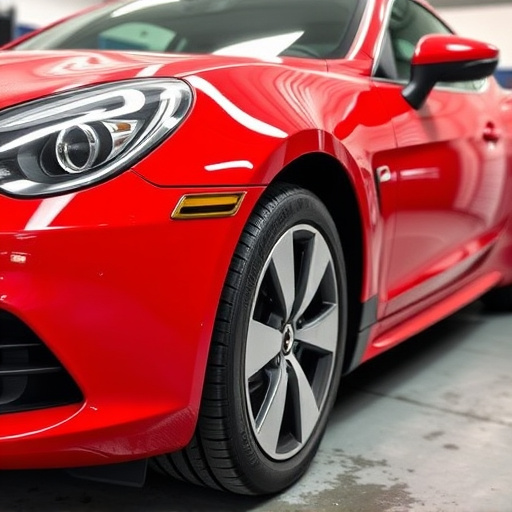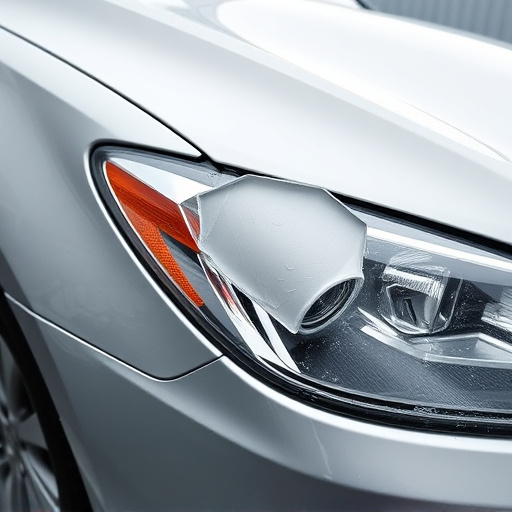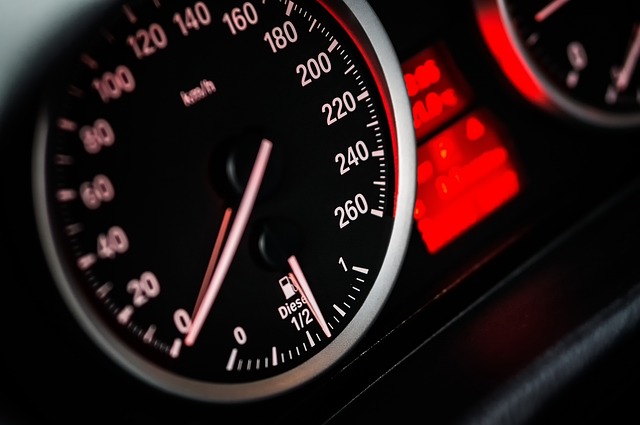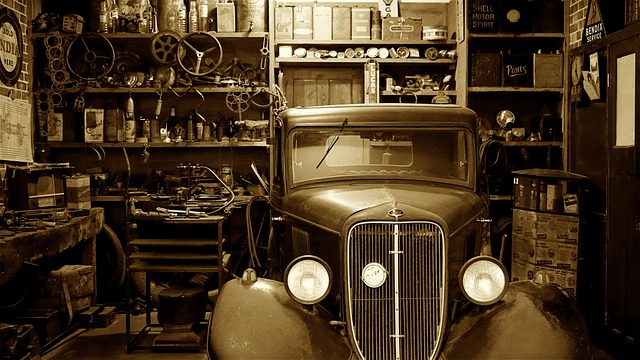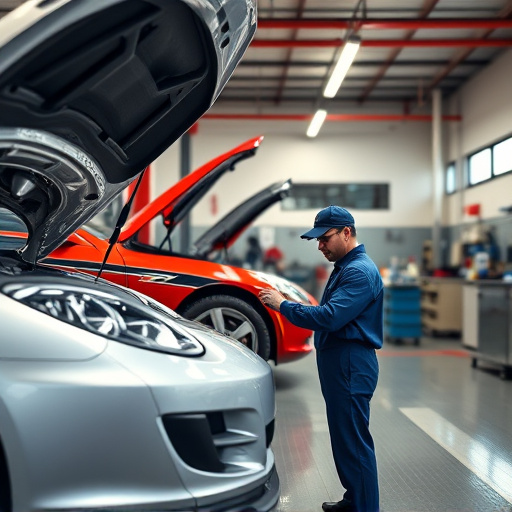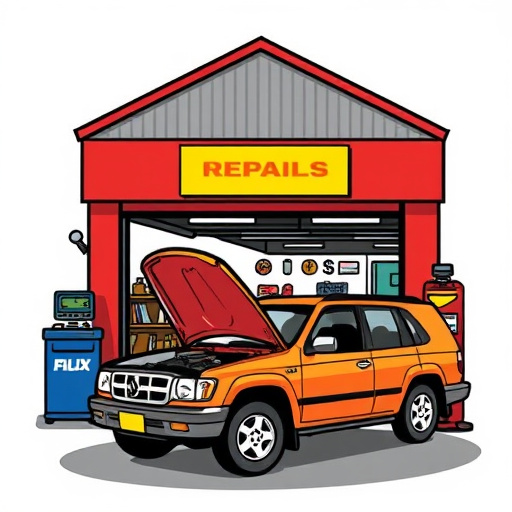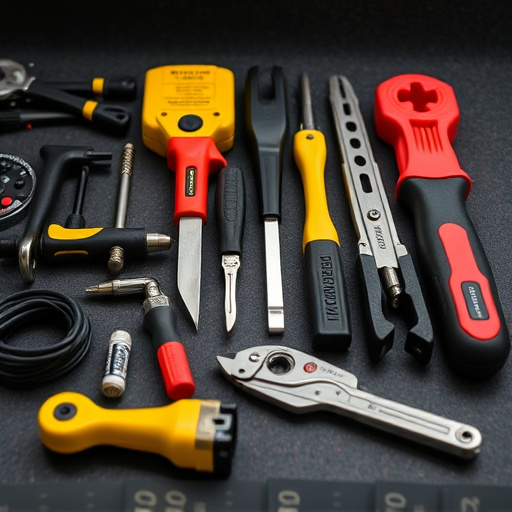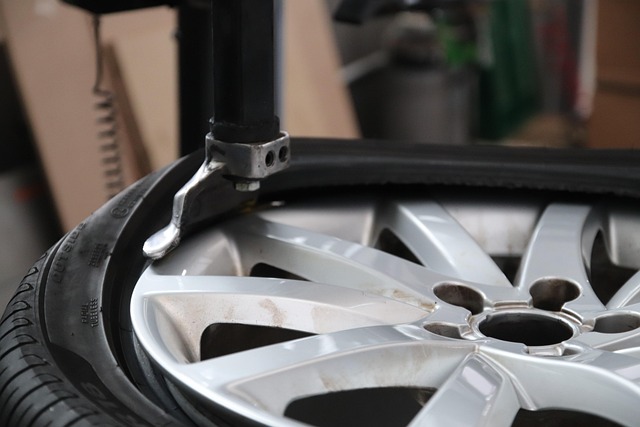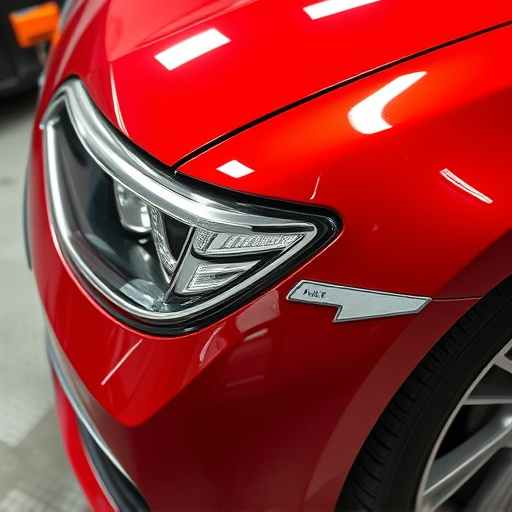Understanding your auto insurance policy's coverage for radiator collision repair is vital. Standard policies usually cover labor and parts for common repairs, but high-end or specialized work may require additional considerations. Exclusions and limitations, such as wear-and-tear damage, are crucial to know to avoid unexpected costs. Maximize benefits by reviewing your policy, utilizing available services, and maintaining regular vehicle care to prevent severe issues.
Understanding insurance coverage for radiator collision repairs is crucial for car owners navigating unexpected breakdowns. This guide delves into what your policy covers during these repairs, exploring both benefits and exclusions. By comprehending these nuances, you can maximize your insurance benefits, ensuring a smoother process. We break down essential aspects, including the scope of ‘radiator collision repair’ and common limitations, to empower you with knowledge in the event of an accident.
- What is Covered Under Radiator Collision Repair?
- Understanding Exclusions and Limitations in Policies
- How to Maximize Your Insurance Benefits for Radiator Repairs
What is Covered Under Radiator Collision Repair?

When it comes to understanding what’s covered under radiator collision repair, it’s essential to know that most standard auto insurance policies include protection for such damages. This typically encompasses repairs related to the physical structure of your vehicle, including the radiator itself. Radiator collision repair covers the costs associated with fixing or replacing a damaged radiator caused by a traffic accident or other insured events.
However, the extent of coverage can vary depending on factors like your insurance plan’s deductibles and specific clauses. While basic policies often cover the labor and parts needed for car paint repair and automotive collision repair, certain high-end or specialized repairs might fall under additional coverage or require separate considerations. In the event of significant damage, especially if it involves complex car restoration processes, reviewing your policy terms is crucial to ensure you’re aware of what’s covered before initiating any repairs.
Understanding Exclusions and Limitations in Policies
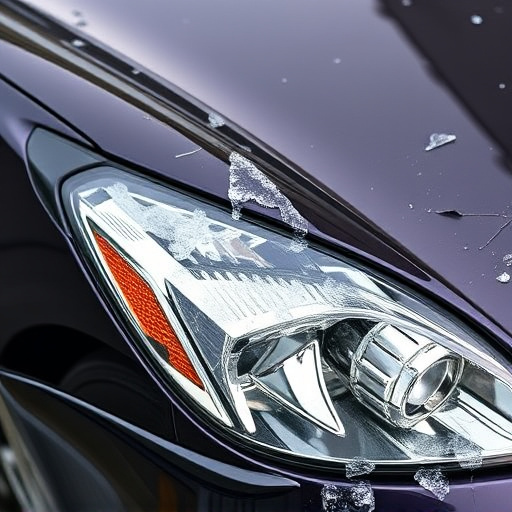
When delving into insurance coverage for radiator collision repair, it’s crucial to grasp the exclusions and limitations within your policy. These clauses specify what isn’t covered or have certain restrictions, such as deductibles and caps on repairs. For instance, standard auto insurance policies typically don’t cover damage from wear and tear, which often includes radiators over time. They also might exclude specific events like natural disasters or accidents involving non-owned vehicles. Understanding these exclusions is essential to avoid unexpected costs when filing a claim for radiator repair, which can be a significant expense in vehicle collision repair.
Additionally, certain policies may have limitations on the type of repairs covered. For example, comprehensive insurance might include radiator repairs but with a maximum payout or specific requirements for replacement parts. Conversely, collision coverage usually covers direct damage from an accident, including radiator issues, but again, there could be limits based on the policy’s terms and conditions. Knowing these details ensures you’re adequately prepared and informed when navigating auto body services related to radiator collision repair.
How to Maximize Your Insurance Benefits for Radiator Repairs
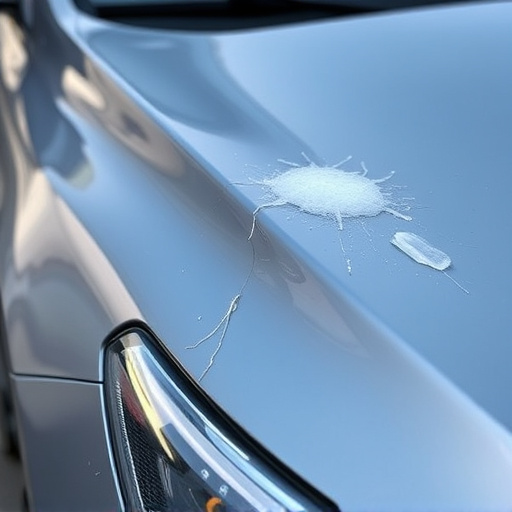
Maximizing your insurance benefits for radiator collision repair involves understanding what’s covered under your policy and taking proactive steps to protect your vehicle. First, review your insurance policy thoroughly, paying close attention to sections detailing mechanical repairs, especially those related to external components like radiators. Many policies include comprehensive coverage that can help with unexpected damage, including radiator issues caused by accidents or natural events.
Next, ensure you’re utilizing all available benefits. Some insurers offer additional services like car paint services or discounts at trusted auto repair shops, which can be applied towards your radiator collision repair. Keeping your vehicle regularly maintained and addressing smaller issues early on, such as minor scratches or dents that could lead to more severe problems, is also beneficial. This proactive approach not only saves you money but ensures your vehicle’s longevity and peak performance.
When it comes to radiator collision repair, understanding your insurance coverage is key. By grasping what’s covered under your policy and being aware of exclusions, you can maximize your benefits and ensure a smoother repair process. Remember, staying informed about these details allows you to navigate the claims process effectively, ultimately saving time and money on necessary radiator repairs.
